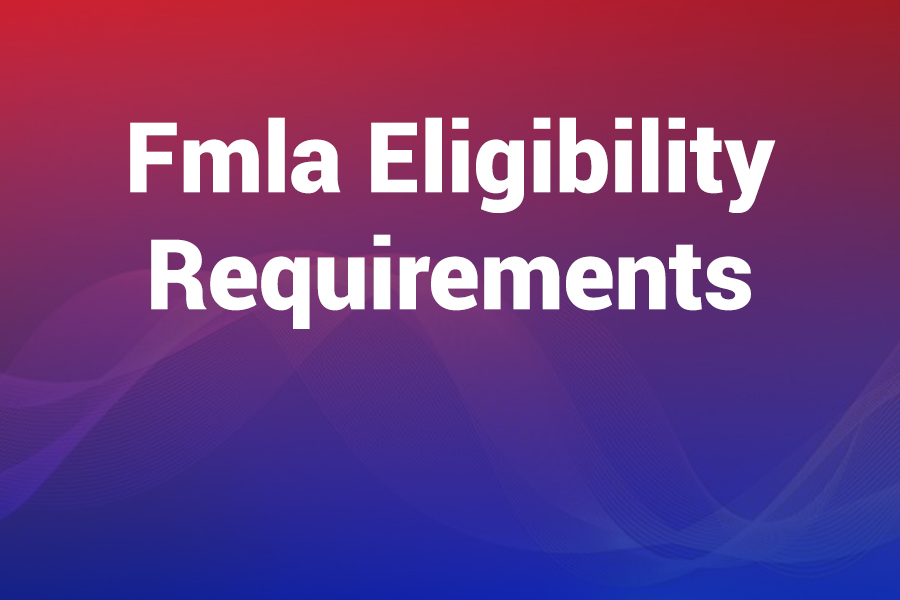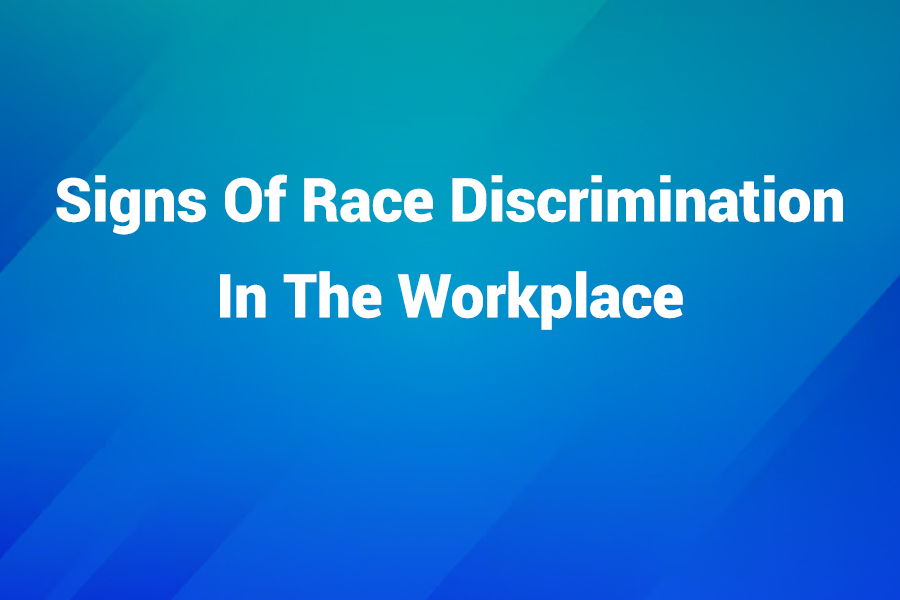Plan your future with confidence using Ramsey principles
Your Retirement Projection
Detailed Breakdown
| Age | Year | Annual Contribution | Investment Growth | Total Balance |
|---|
Planning Your Retirement the Right Way
The Baby Steps Approach
Before focusing on retirement, ensure you've completed these essential steps:
- Baby Step 1: Save $1,000 for your starter emergency fund
- Baby Step 2: Pay off all debt (except the house) using the debt snowball
- Baby Step 3: Save 3–6 months of expenses in a fully funded emergency fund
- Baby Step 4: Invest 15% of your household income in retirement
This calculator helps you plan Baby Step 4 after you've completed the first three steps.
The Power of Compound Interest
Compound interest is like a snowball effect for your money. The earlier you start investing, the more time your money has to grow.
For example, if you invest $500 monthly with a 10% annual return:
- After 10 years: ~$105,000
- After 20 years: ~$380,000
- After 30 years: ~$1,130,000
This demonstrates why starting early is crucial, even with smaller amounts.
When Should You Start?
The best time to start investing was 20 years ago. The second best time is now.
Even if you're starting later in life, consistent investing can still build significant wealth. The key is to:
- Start as soon as you're debt-free (except mortgage)
- Consistently invest 15% of your income
- Choose growth-oriented investments
- Stay the course during market fluctuations
Remember: It's about consistency over time, not timing the market.
Where to Invest Your Retirement Funds
Following the Ramsey approach, consider this order of investments:
- Employer match: Contribute enough to your 401(k) to get the full employer match
- Roth IRA: Max out your Roth IRA contributions ($6,500 in 2023, $7,500 if 50+)
- Back to 401(k): Continue contributing to your 401(k) up to 15% of your income
Focus on growth stock mutual funds with long track records, diversified across these four categories:
- Growth
- Growth & Income
- Aggressive Growth
- International
Frequently Asked Questions
Is a 10-12% return realistic for retirement planning?
While no return rate is guaranteed, the historical average annual return of the S&P 500 has been around 10-12% before inflation when measured over long periods (30+ years). This calculator allows you to adjust the expected return rate to match your personal risk tolerance and investment strategy.
Remember that past performance doesn't guarantee future results, and it's important to work with a financial advisor to create a personalized plan.
How much should I save for retirement?
The Ramsey approach recommends investing 15% of your gross household income for retirement once you're debt-free except for your mortgage. This calculator can help you determine if this amount will be sufficient to reach your retirement goals.
Your specific needs may vary based on your desired lifestyle in retirement, expected longevity, healthcare needs, and other factors. The calculator allows you to experiment with different contribution amounts to find what works for your situation.
What is the 4% rule for retirement withdrawals?
The 4% rule is a guideline suggesting that retirees can withdraw 4% of their retirement savings in the first year of retirement, then adjust that amount for inflation each subsequent year, with a high probability of not running out of money for at least 30 years.
This calculator uses the 4% rule to estimate your potential monthly retirement income. For example, a $1 million nest egg would provide approximately $40,000 in the first year of retirement, or about $3,333 per month.
How does inflation impact my retirement savings?
Inflation reduces the purchasing power of your money over time. This calculator accounts for inflation by showing both nominal (total dollar amount) and inflation-adjusted values of your retirement savings.
For example, with 3% annual inflation, $1 million in 30 years will have the purchasing power of approximately $412,000 in today's dollars. This is why it's important to factor inflation into your retirement planning.
Should I pay off my mortgage before retirement?
The Ramsey approach recommends paying off your mortgage (Baby Step 6) before retirement. Entering retirement without a mortgage payment significantly reduces your monthly expenses and the amount you need to withdraw from your investments.
This calculator doesn't specifically account for mortgage payoff, but you can adjust your retirement savings goal based on whether you expect to have mortgage payments in retirement.
Take Control of Your Retirement Today
Use this calculator to create your personalized retirement plan, then take action to secure your financial future.
Remember, building wealth is 80% behavior and 20% knowledge. The most important step is to start now and stay consistent.
Tax-Smart Retirement Strategies
Effective tax planning can significantly increase your retirement savings. Understanding how different accounts are taxed can help you maximize your nest egg.
Tax-Advantaged Accounts
Prioritize contributions to tax-advantaged accounts in this order:
- 401(k) or workplace retirement plan up to the employer match
- Roth IRA up to the annual contribution limit
- Back to 401(k) until you reach 15% of your income
- Health Savings Account (HSA) if eligible - the only triple tax-advantaged account
Roth Conversion Ladder
Consider a Roth conversion ladder to access retirement funds before age 59½ without penalties:
- Convert traditional IRA/401(k) funds to Roth IRA
- Pay taxes on the conversion amount
- Wait five years to withdraw the converted principal tax and penalty-free
- Repeat annually to create a "ladder" of accessible funds
Tax-Efficient Withdrawals
Plan your retirement withdrawals strategically:
- First: Taxable accounts (paying only capital gains tax)
- Second: Tax-deferred accounts (traditional IRAs, 401(k)s)
- Last: Tax-free accounts (Roth IRAs, HSAs for qualified expenses)
This sequence can minimize your lifetime tax burden.
Required Minimum Distributions
Understand RMD rules to avoid penalties:
- Traditional IRAs and 401(k)s require withdrawals starting at age 73 (as of 2023)
- Roth IRAs have no RMDs during the owner's lifetime
- Failure to take RMDs results in a 25% penalty on the amount not withdrawn
- Consider qualified charitable distributions (QCDs) to satisfy RMDs tax-free
Legacy Planning: Beyond Your Retirement
Proper legacy planning ensures your wealth benefits your loved ones and causes you care about, while minimizing taxes and complications.
Create Essential Documents
Establish these four critical documents to protect your legacy:
- Will: Directs how your assets should be distributed
- Living Trust: Allows assets to bypass probate and provides privacy
- Power of Attorney: Designates someone to make financial decisions if you're unable
- Advanced Healthcare Directive: Outlines your medical care preferences
Optimize Beneficiary Designations
Review and update beneficiaries on all accounts:
- Retirement accounts (401(k)s, IRAs)
- Life insurance policies
- Bank and investment accounts
- Real estate (through transfer-on-death deeds where available)
Remember: Beneficiary designations override your will, so keep them current.
Consider Tax-Efficient Giving
Maximize the impact of your generosity:
- Charitable Remainder Trusts: Provide income during your lifetime, with remainder going to charity
- Donor-Advised Funds: Immediate tax deduction with flexibility to distribute funds over time
- Qualified Charitable Distributions: Direct IRA distributions to charity (up to $100,000 annually)
- Appreciated Stock Donations: Avoid capital gains tax while receiving a deduction for full market value
Prepare Your Heirs
Financial education is a crucial part of legacy planning:
- Have open conversations about your financial values and plans
- Create a "legacy drawer" with important documents and instructions
- Consider working with a financial advisor as a family
- Teach basic financial principles to younger generations
Remember Dave Ramsey's advice: "Legacy is not leaving something for people. It's leaving something in people."







